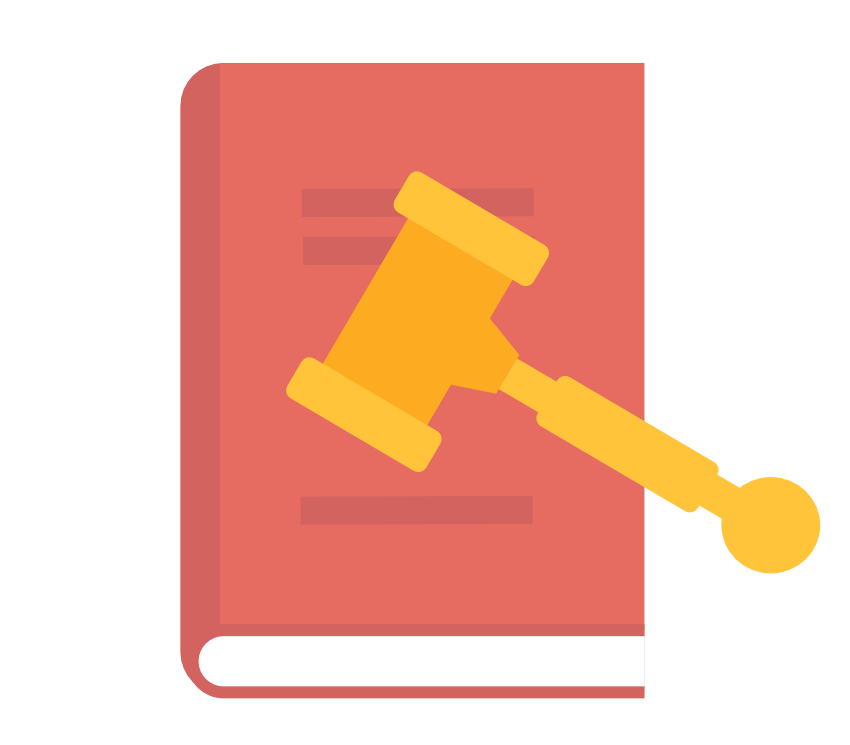(Electronic) provision of materials according to §60a UrhG
 For an overview (as of 01.03.2018) of the possibilities of using materials within the scope of teaching at KIT, please refer to the adjacent graphic.
For an overview (as of 01.03.2018) of the possibilities of using materials within the scope of teaching at KIT, please refer to the adjacent graphic.
Paragraph 60a of the German Copyright Act regulates the possibilities of permission-free (without the existence of a corresponding licence) use of materials in the context of teaching and learning at universities. This also includes the provision of materials via the learning platform ILIAS, the so-called "making available to the public" (previously, until 28.02.2018, this was regulated in §52a UrhG).
The law contains precise regulations concerning the requirements and the permitted scope of use. If these conditions are fulfilled, you as a lecturer do not have to worry about the remuneration of the use, because a lump sum is paid to the collecting societies via the universities or the federal state.
The most important regulations at a glance
Which conditions of use are mentioned in §60a UrhG?
The use must serve to illustrate teaching and learning and not pursue any commercial purpose. Authorised users are then teachers and participants of the same event. This may also include lecturers and participants from other universities if they are involved in a KIT event. In addition, all KIT lecturers and examiners are authorized without having a direct connection to the course. As the use according to §60a UrhG provides for a limited group of authorized persons, you as a lecturer have to take appropriate measures of access restriction for electronic provision. In the case of the ILIAS learning platform, for example, this can be done via password-restricted access to the course environment. Thus, §60a UrhG does not cover unlimited access, as it might be the case for example in case of public access via a website (different regulations apply here, e.g. §60b UrhG).
Which forms of use are provided for in §60a UrhG?
The §60a UrhG allows the use of teaching materials without media discontinuity. The regulations apply to the duplication, distribution, making available to the public and other public reproduction of a work. Thus, for example, the same requirements apply to making paper copies (duplication) as to making a work available online via a learning platform (making it publicly accessible).
What can be used?
May be used in full
- Illustrations/photos
- Articles from scientific journals
- Out of print works
- Small works (text: 25 pages, film and music: 5 minutes, sheet music: 6 pages)
No more than 15% may be used from
- works of no small size
- Articles from newspapers and (popular) magazines
The regulations of §60a UrhG do not allow
- Making and issuing paper copies of sheet music
- Recording (audio/video) or streaming of works while they are performed or performed
Do not forget!
In addition to the use of materials in accordance with §60a UrhG, the use in accordance with an existing license (e.g. Creative Commons license or individual license agreement) or, if the appropriate conditions are met, within the framework of the right to cite, §51 UrhG , is of course also possible.
In principle, Section 63 UrhG and the rules of good scientific practice require that both the source and the author be clearly indicated in any use of works protected by copyright.
Furthermore, it is always possible to link works (works licensed for KIT via the KIT catalog or freely accessible works on the Internet).
Further helpful information pages

